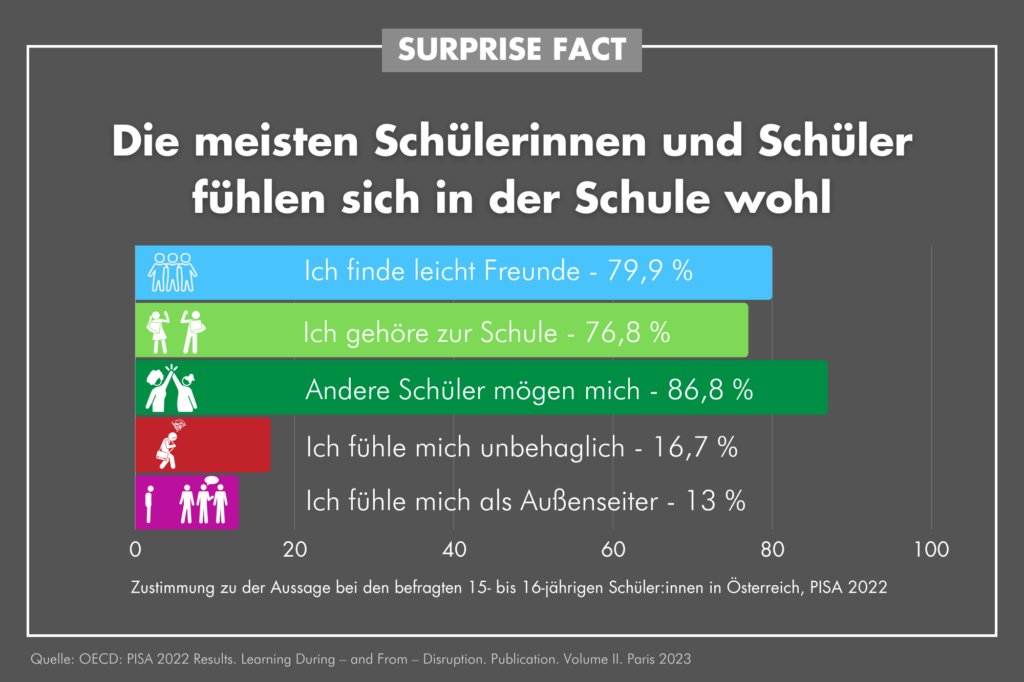Nadine was recognized as the most realistic robot in the world because she is really a copy of me and my daughters and the second thing that was new is that she can simulate emotions and can remember people and facts.
It’s the idea to have companions. Companions that can understand us, be with us when nobody else is there, help us in all kinds of functions. That was my dream 30 years ago and it continues to be.
Nadine tracks emotions in two ways. One is from language. We work quite closely with speech understanding, if I speak louder or if I have emotion in my voice, all that is analyzed. And then in addition with AI we analyze expressions. We can detect if somebody is happy, we detect gestures, for example if I’m nervous. She has to model her own reactions through the software we have given her, we are working on including common sense so that she doesn’t answer like a robot. Our goal is to have a simulation of human behavior so that these humanoid robots will behave in a way that they are trustable and real companions. You have a feeling of presence. Less loneliness.
Nadine has no emotion! It’s science fiction when people sell the idea that machines or humanoids could feel. They are just wafers, actuators, software in a computer. They are machines but they simulate emotions.
In the development of Nadine I decided, that she should be authentic and always says, “I am a machine, I don’t feel anything.” She is very honest. In the end Nadine will become more intelligent and will be able to do more things but humans are so much more complex and the interaction we have with humans is so much richer, I mean it’s no comparison.
In Asia, they are more pragmatic and more technology-driven. So the acceptance rate is very high. Nadine just came back from a 6‑month internship at AIA Insurance, a huge company in Asia. Nadine took the role of a customer agent and met customers. In Singapore the demand is enormous. And the government asked me to produce robots for elderly people. We have started in Singapore to work with psychiatrists. Patients for example with possible dementia or bipolarity: If we can analyze gestures and emotion over time, we have quantitative measurement that will help to determine facts. In psychiatry it could help a lot to have Nadine analyze behavior. After that you have a huge data set that allows a better diagnosis.
“IN MY WORK WITH ROBOTS I WANT TO CREATE COMPANIONS WHO SUPPORT US HUMANS.”
To say that robots will take over, I don’t think it’s true. The more we develop, the more there will be new jobs. I think that by going ahead we will create new jobs and some others will disappear. If we as humans have the capacity to create tools to help us to go forward faster, that’s great. It’s up to us to decide what we do with our tools. I think it’s time to meet with lawyers, with politicians, to discuss how we use these tools and what should be inserted into the software. Research is going in this direction, that people add layers that control the robots or control the limits of their actions.
I think that technology per se is not dangerous. What is dangerous are people. So the problem is not with technology, the problem is with human behavior.
VITA
Univ.-Prof. Dr. Nadia Magnenat Thalmann is a computer graphics scientist and university professor. The Director of the Institute for Media Innovation at the NTU in Singapore is also the founder and Director of MIRALab, an interdisciplinary laboratory for human computer animation at the University of Geneva.
Her research areas mainly include social robots, virtual realities and medical simulation. Nadia Magnenat Thalmann contributed to the development of computer graphics during her doctoral studies by simulating the 3D density of the approximate solutions of the Schrödinger equation. Later, she occupied herself with modelling realistic virtual humans and produced the first simulation of a 3D version of Marilyn Monroe. Her probably most famous project is the social robot Nadine, who is able to speak, to recognize people and gestures, to express emotions and to remember.
Nadia Magnenat Thalmann received i.a. a Doctor Honoris Causa in Science from Leibniz University Hannover, an honorary doctorate from the University of Ottawa, a Career Achievement Award from the Canadian Human Computer Communications Society in Toronto and the Humboldt Research Award in Germany.






